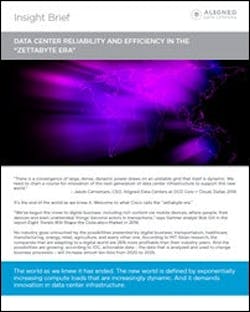It’s the end of the world as we knew it. Welcome to what Cisco calls the “zettabyte era.”
“We’ve begun the move to digital business, including rich content via mobile devices, where people, their devices and even unattended ‘things’ become actors in transactions,” says Gartner analyst Bob Gill in the report Eight Trends Will Shape the Colocation Market in 2016.
No industry goes untouched by the possibilities presented by digital business: transportation, healthcare, manufacturing, energy, retail, agriculture, and every other one. According to MIT Sloan research, the companies that are adapting to a digital world are 26% more profitable than their industry peers. And the possibilities are growing: according to IDC, actionable data – the data that is analyzed and used to change business processes – will increase almost ten-fold from 2020 to 2025.
So that begs the question: How well equipped are traditional on-premises and colocation data centers to support the exponentially increasing, and increasingly dynamic, compute loads? In a traditional data center, where power and cooling infrastructure is static, there is a tradeoff between reliability and efficiency. The only way to ensure that the servers don’t overheat and fail is to either half-fill the racks or spread the racks apart. Both approaches create stranded capacity. And when the cooling system is a traditional chiller plant that is only efficient at full load, the approach also minimizes efficiency.
To learn more about preparing your company for the zettabyte era download this white paper.
